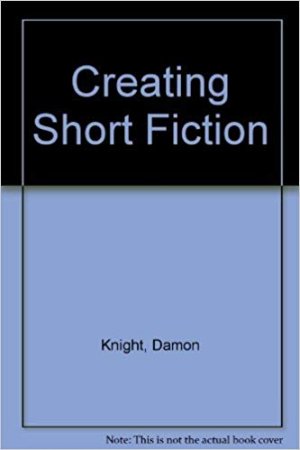This is the second in an ongoing series of StoryCrafting/StoryTelling posts I’m publishing for my own benefit; explaining something helps me determine if I’ve truly learned it or am simply parroting what others have offered. I learn my weak spots, what I need to study, et cetera.
Previous offerings include:
- Atmosphere is…
And note that I’ll update/upgrade/edit these posts as I learn more.
Character is involved. There’s lots of pieces to creating believable characters. You don’t have to know them all. You could be a natural at it. God bless you and I hate you. I have to work at it. A lot.
Everything I’ve learned so far about character falls into four buckets.
Greetings! I’m your friendly, neighborhood Threshold Guardian. This is a protected post. Protected posts in the My Work, Marketing, and StoryCrafting categories require a subscription (starting at 1$US/month) to access. Protected posts outside those categories require a General (free) membership.
Members and Subscribers can LogIn. Non members can join. Non-protected posts (there are several) are available to everyone.
Want to learn more about why I use a subscription model? Read More ch-ch-ch-ch-Changes Enjoy!




